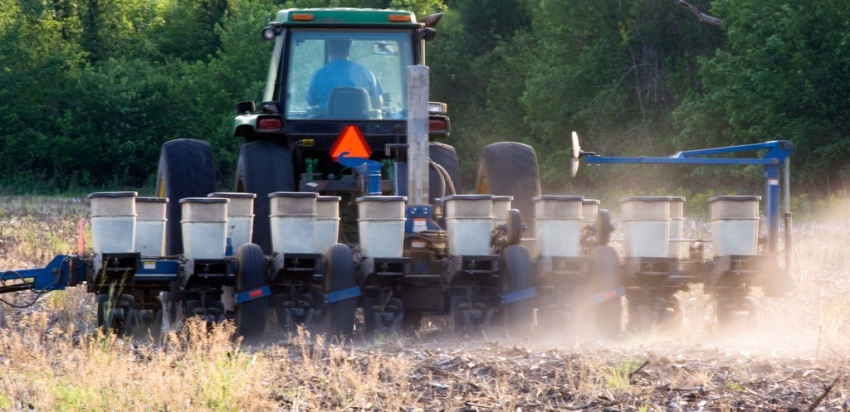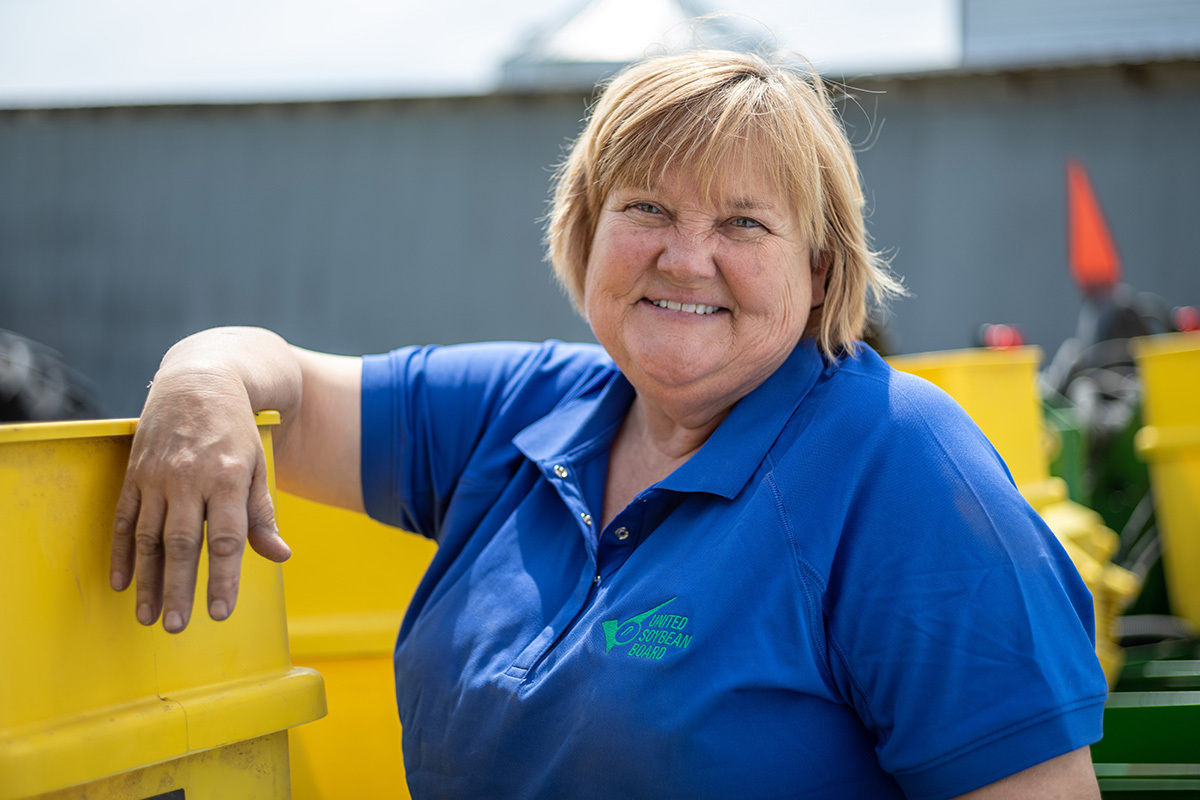Smart Planters, Drones and No-till Technology Add Up to Big Sustainability Wins for Farmers

How does soy sustainability affect its commodity value and the price farmers receive? Here, Richard Brock, president and founder of Brock Associates, a leading commodity marketing consulting firm, explains how sustainability is shaping new farming technology and what farmers can expect in the future.

What is sustainability?
Well, I think the very basis of sustainability is taking care of the land and the resources. It would be limiting energy use and carbon emissions. More importantly, we would look at it as limiting soil erosion and maintaining the land, the resources in the land, the fertility in the land, so we are farming with less resources and less energy per bushel than we were thirty years ago. It’s about maintaining the land’s productivity level longer than we have in the past.
Do you think sustainability impacts the commodity value of soy?
Yes, this is a long-term trend. Consumers everywhere are becoming more and more health conscious. They want to hold everyone in the food chain more accountable for the food. We are in the early phases of educating the public on the importance of sustainability. Longer term, these issues are going to become more important.
How is sustainability advancing farming technology?
We are all familiar with the trend of moving toward the no-till route, but something else a lot of companies are becoming involved with is drones. I just looked at a business plan for a drone that could take soil samples. This technology could enable farmers to take soil samples without driving over a field. Combine it with a smart planter and no-till technology, and we are going to see a combination of all these factors give us an explosion of yield.
Can we assume a large farm is an unsustainable farm?
We are seeing more 10,000 acre farms right now, whereas 10 years ago we had very few of them. A large farm can also be a sustainable farm. As farm size increases, it may be due to better production technology and no-till technology. A consumer might believe a large farm can’t be sustainable, but in reality, sometimes it’s the opposite. The techniques on the large farm can result in more acceleration toward sustainability practices.



